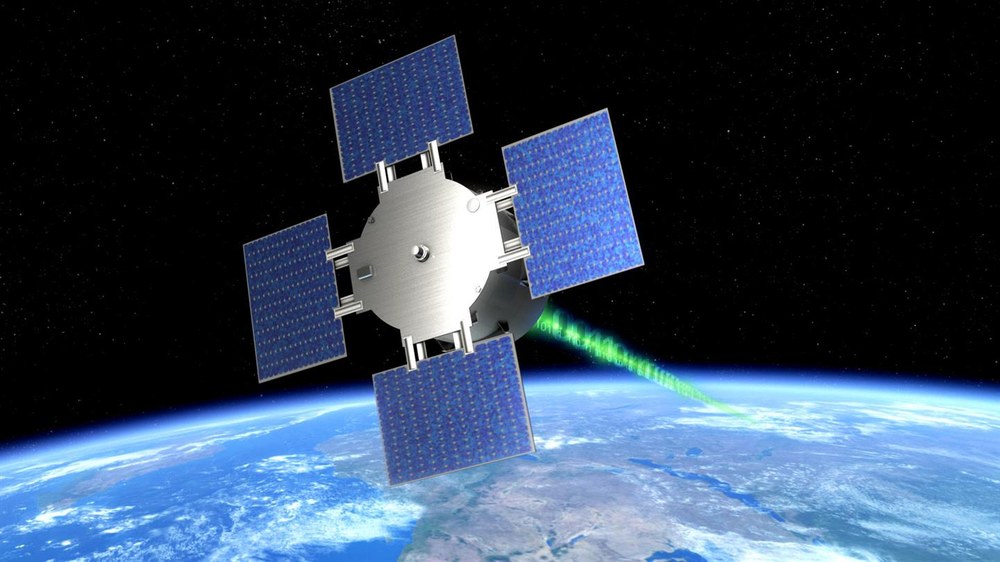DLRmagazine 156 – Golden jubilee of big data in Weilheim
The DLR ground station in the Bavarian town in Weilheim has been the reliable link between satelites and Earth for half a century.



At 11:58 CEST, the command lines on the screen lit up green: 'COMPLETED_SUCCESS'. The software specialists at the German Space Operations Center (GSOC) had been working towards this satellite signal for months. On 22 July 2021, Space Operations at the German Aerospace Center (Deutsches Zentrum für Luft- und Raumfahrt; DLR) succeeded in commanding a satellite using the 'European Ground Segment – Common Core' (EGS-CC) software for the first time. EGS-CC is the future mission control system for European spaceflight.
DLR is active in a European network that is building a common software infrastructure with EGS-CC. Until now, several different systems have been used for space missions, such as for the construction, integration into a network, testing and operation of a satellite. The European spaceflight community wants to change that. The DLR team from Oberpfaffenhofen, near Munich, has used EGS-CC to build a system to monitor and control spacecraft. Anke Kaysser-Pyzalla, Chair of the DLR Executive Board, followed the test live at the console in GSOC.
"DLR Space Operations has proven that its concept for the EGS-CC command system works. I am very proud that our colleagues here have created a technological basis for core spaceflight applications. This enables technology transfer from DLR to industry and for the benefit of our society," said Felix Huber, Director of DLR's Space Operations and Astronaut Training Facility.
The successful test is also a result of the close cooperation and coordination between the partners. In particular, GSOC worked closely with the European Space Operations Centre (ESOC) and European Space Research and Technology Centre (ESTEC).
For this first space test, GSOC operators used an overflight of the Eu:CROPIS satellite above the DLR ground station in Weilheim, approximately 40 kilometres away from the control centre. A few minutes after contact was made, the antennas sent the satellite's telemetry data to the new system. At the control centre, this was the first important confirmation that EGS-CC had received and correctly interpreted all the incoming data. The next step was for the satellite to perform a connectivity test. The DLR engineers activated the 'Perform Connection Test' command with a mouse click and shortly afterwards the eagerly awaited 'COMPLETED_SUCCESS' response appeared in Oberpfaffenhofen.
"This is a milestone for European spaceflight. The integration of operations and development has given the German Space Operations Center a technological advantage. As a result, we will continue to be well prepared to satisfy the requirements of future missions," explained Martin Wickler, Head of the Mission Technology department at DLR's Space Operations and Astronaut Training Facility.
With the help of a standardised but customisable infrastructure, spaceflight stakeholders around the world will be able to exchange information seamlessly, make greater use of synergies and reduce costs. DLR Space Operations is currently planning to deploy the new command system for the operations of further satellites. The Columbus Control Centre is also expected to benefit from the new system and save approximately one million euros per year as a result of the changeover. The knowledge gained here will also flow back into the EGS-CC user community.
The decisive advantage of EGS-CC is its interoperability. Developers, manufacturers, operators and space agencies will have a common software language for the first time. Systems based on EGS-CC will enable the use of new technologies and closer coordination between users.
About the project
The 'European Ground Systems – Common Core' (EGS-CC) is a European initiative to develop a common infrastructure for the monitoring and command of space systems. The software package is designed to be used throughout the lifetime of an entire project, from pre-launch to post-launch, and for all mission types. Space agencies are working together with partners from industry and research within the framework of the initiative. The EGS-CC cooperation network includes the European Space Agency (ESA) – via the European Space Operations Centre (ESOC) and the European Space Research and Technology Centre (ESTEC) – the French space agency (Centre national d'études spatiales; CNES), the German Aerospace Center (DLR), the UK Space Agency, Airbus Defence and Space, Thales Alenia Space and OHB System.
